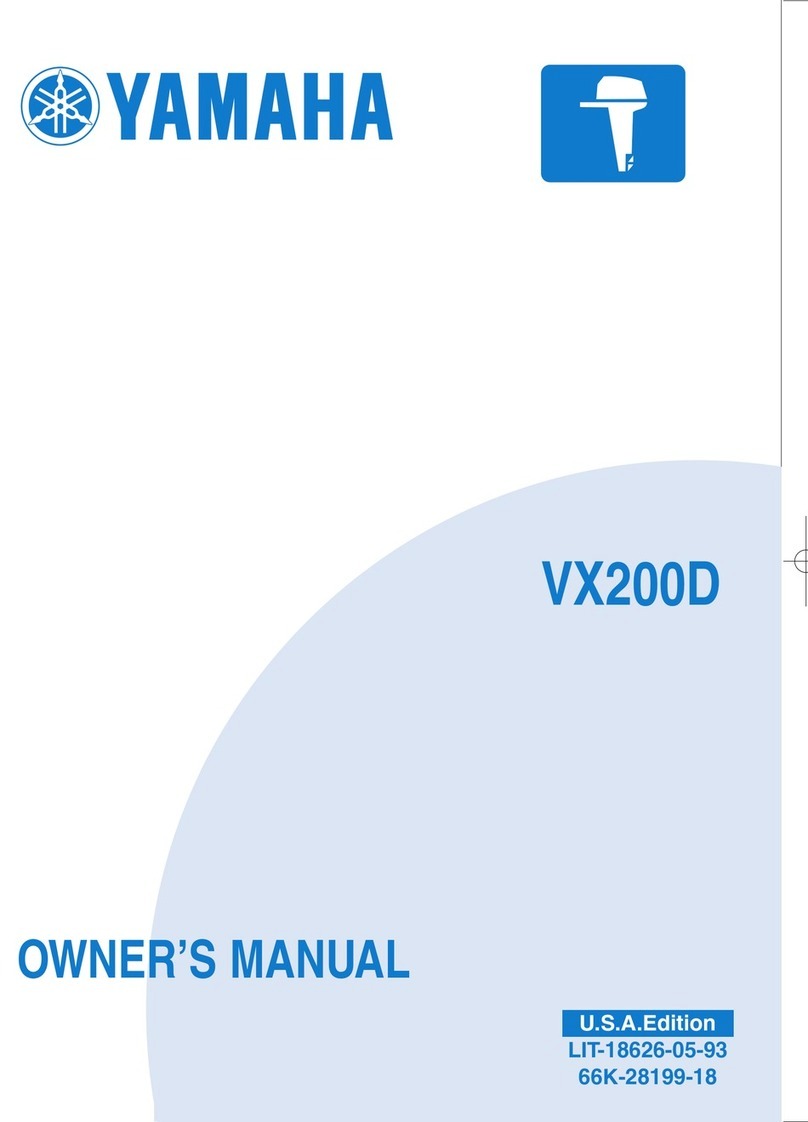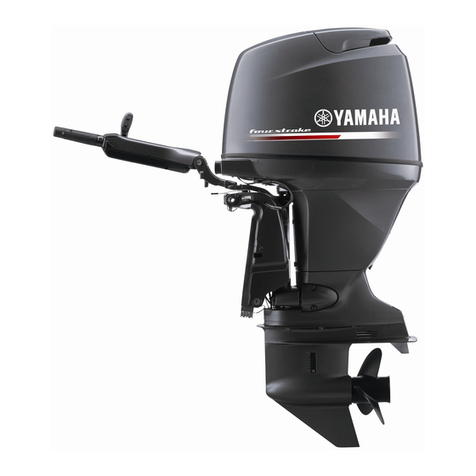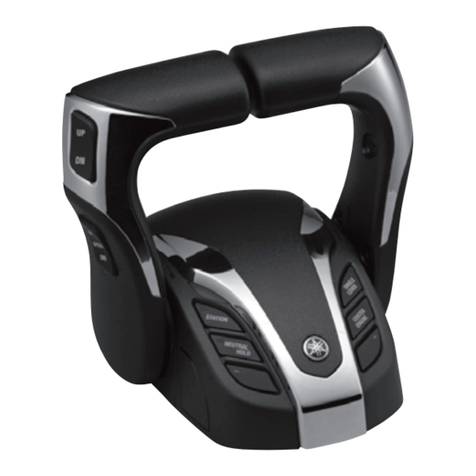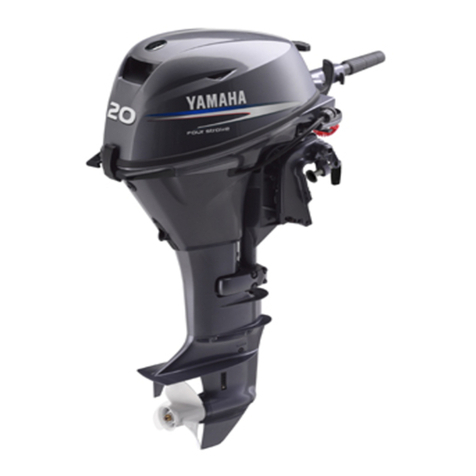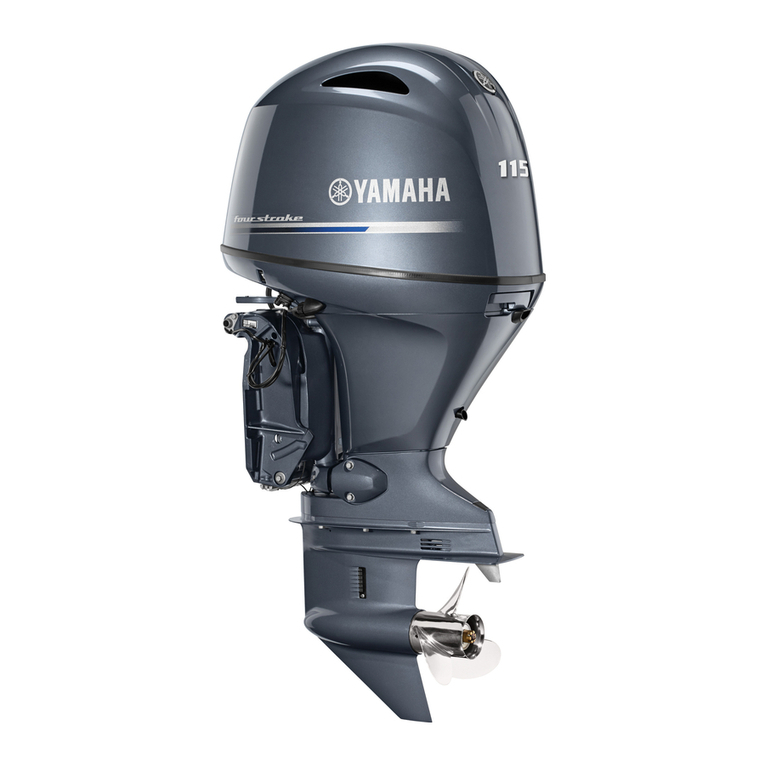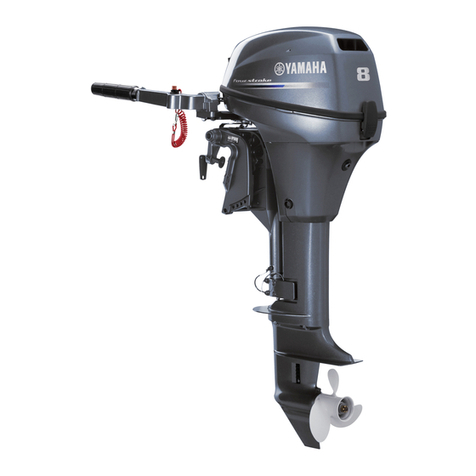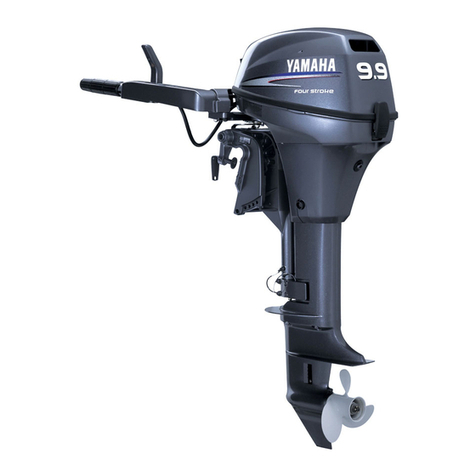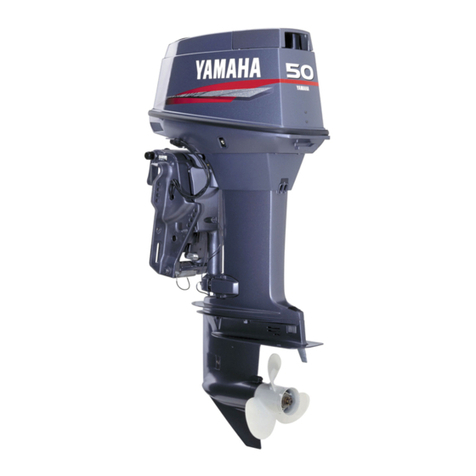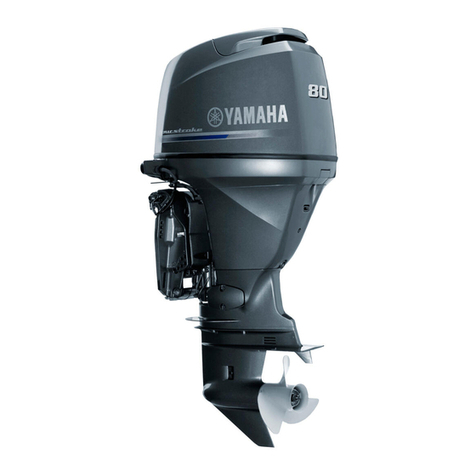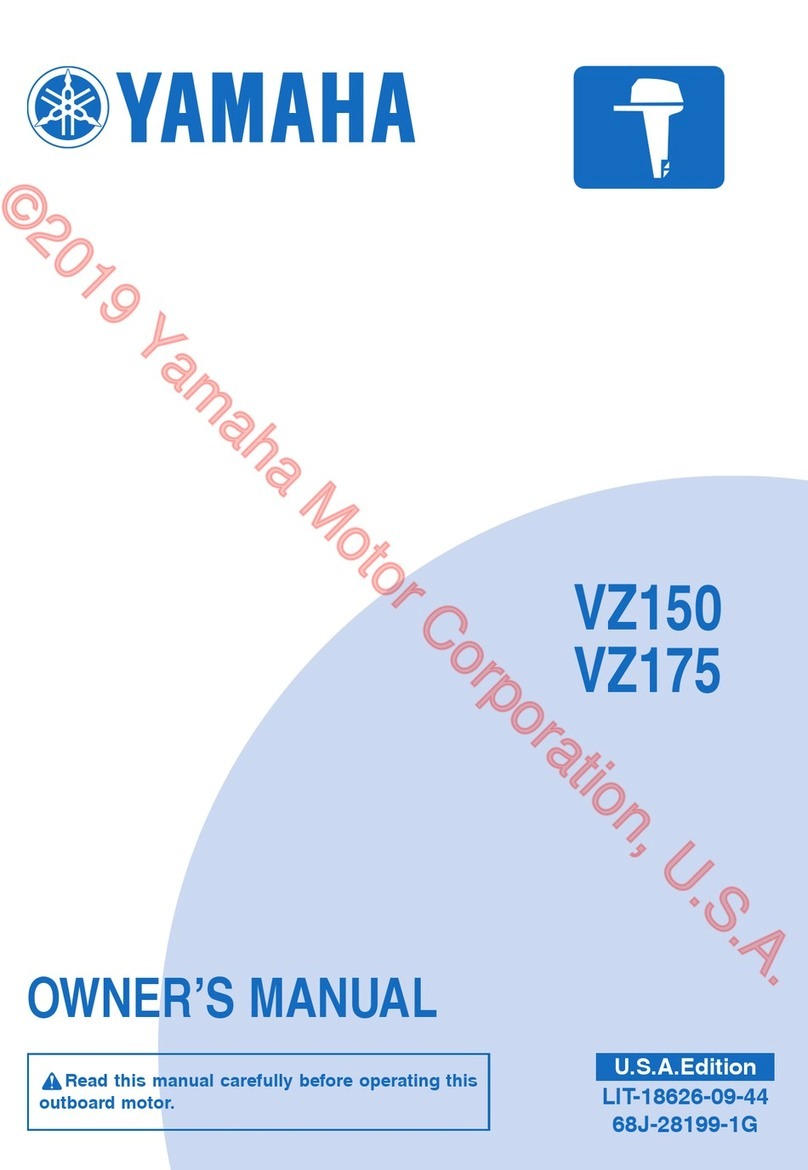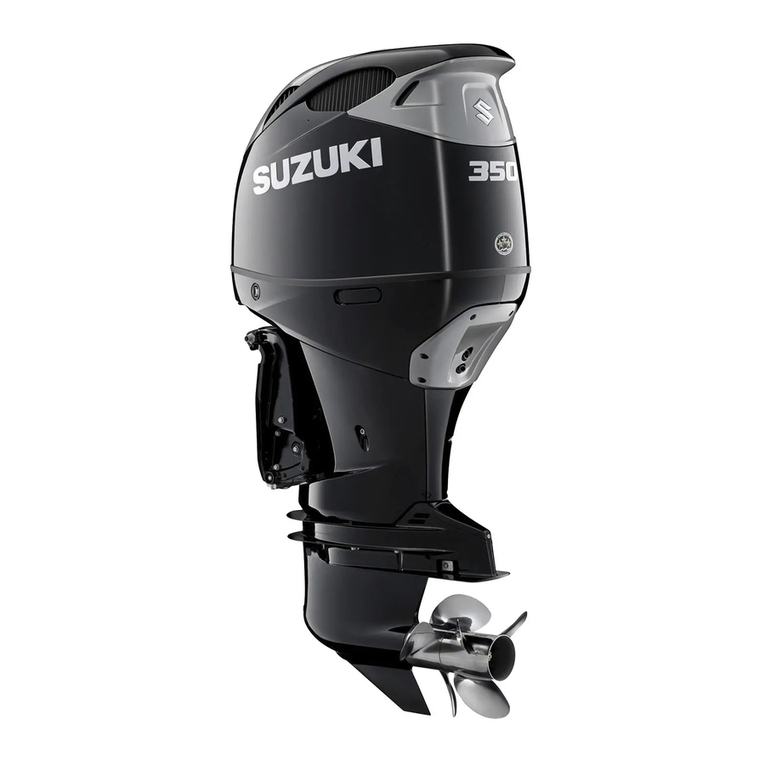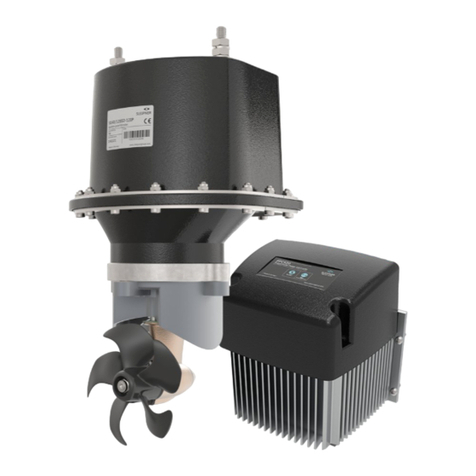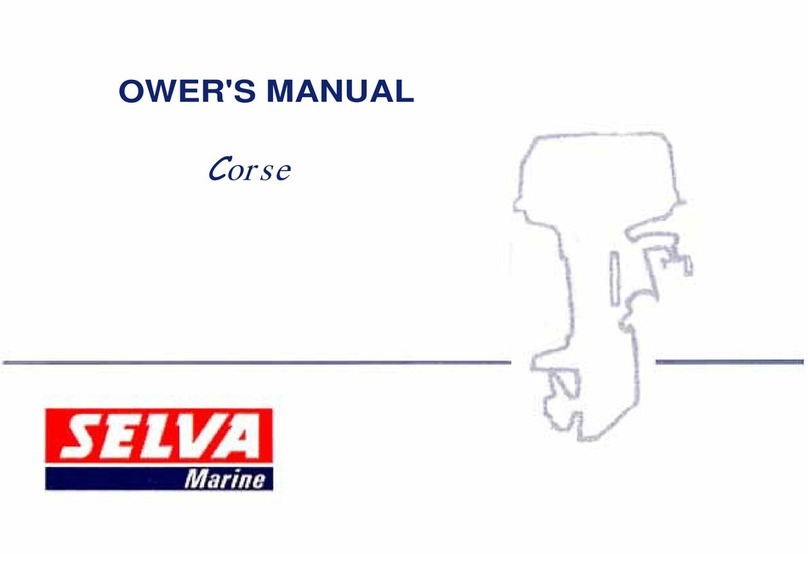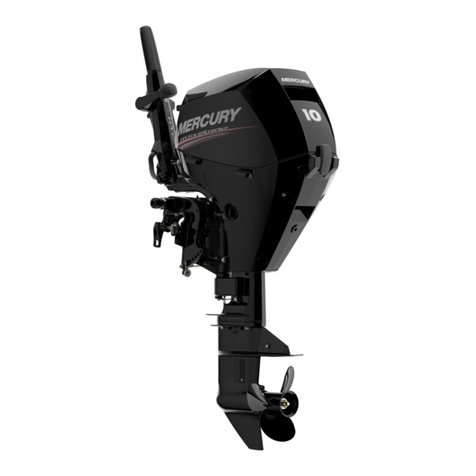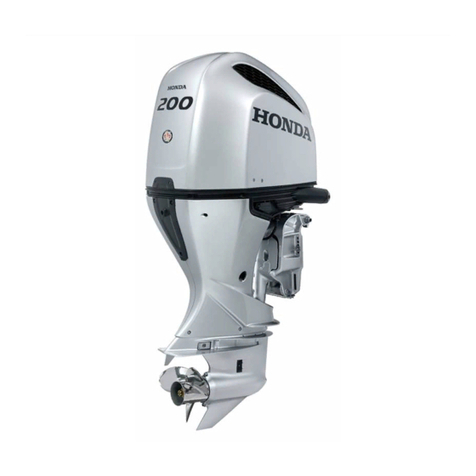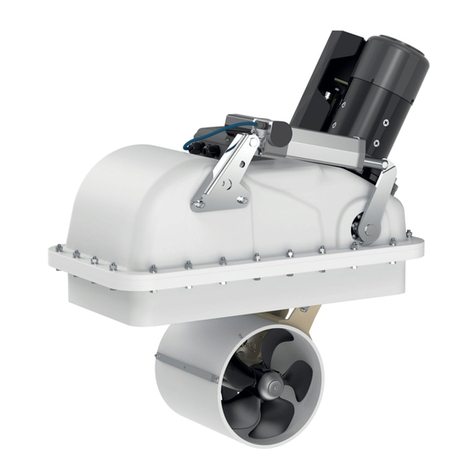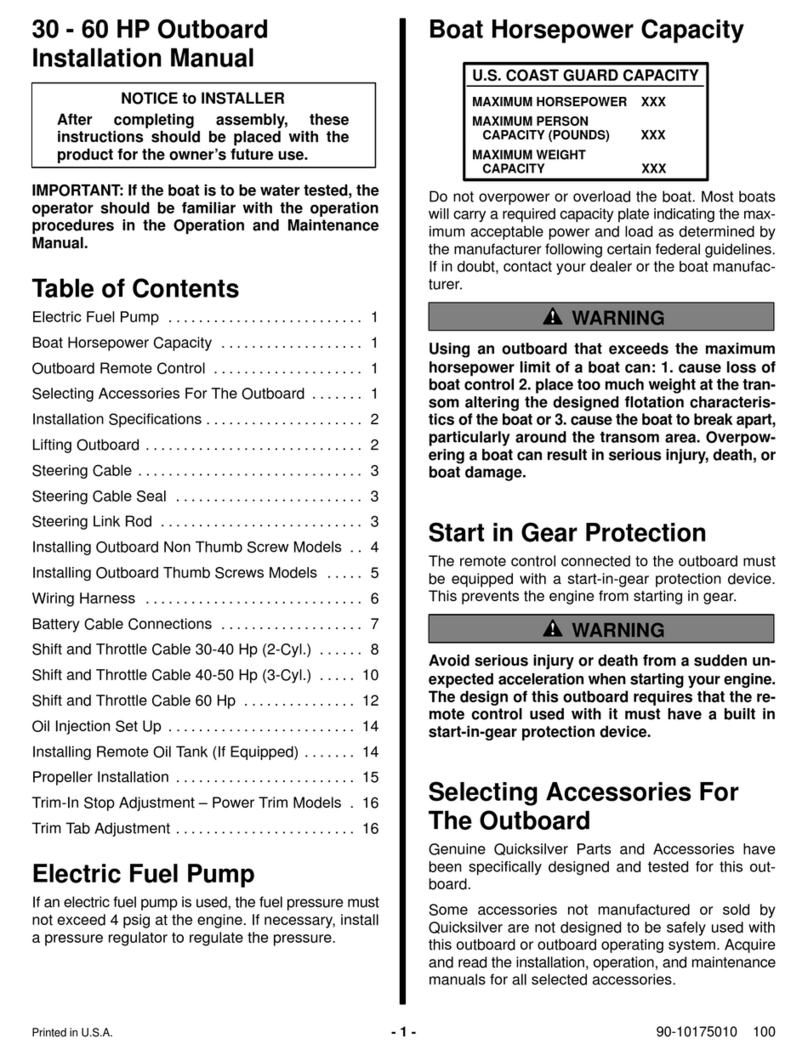
Table of contents
General information .......................... 1
Identification numbers record.......... 1
Outboard motor serial number .......... 1
Key number....................................... 1
C-Tick label ..................................... 1
Safety information ........................... 2
Important labels............................... 3
Warning labels .................................. 3
Caution labels ................................... 3
Fueling instructions ......................... 4
Gasoline............................................ 4
Engine oil .......................................... 4
Battery requirement......................... 5
Battery specifications ........................ 5
Propeller selection........................... 5
Start-in-gear protection ................... 6
Basic components ............................ 7
Main components............................ 7
Fuel tank ........................................... 8
Fuel joint ........................................... 8
Fuel tank cap .................................... 8
Air vent screw ................................... 9
Remote control.................................. 9
Remote control lever......................... 9
Neutral interlock trigger................... 10
Neutral throttle lever........................ 10
Free accelerator.............................. 10
Tiller handle .................................... 11
Gear shift lever................................ 11
Throttle grip..................................... 11
Throttle indicator ............................. 11
Throttle friction adjuster................... 11
Engine stop lanyard switch ............. 12
Engine stop button .......................... 13
Main switch ..................................... 13
Steering friction adjuster ................. 14
Power trim and tilt switch on remote
control or tiller handle ................... 14
Power trim and tilt switch on bottom
engine cowling .............................. 15
Variable trolling RPM switches........ 15
Trim tab with anode ........................ 16
Tilt support lever for power trim and
tilt or hydro tilt model..................... 17
Top cowling lock lever(s)
(turn type)...................................... 17
Flushing device ............................... 17
Water separator .............................. 17
Warning indicator ............................ 18
Tachometer ..................................... 18
Digital tachometer ........................... 18
Low oil pressure warning
indicator ........................................ 19
Low oil pressure warning
indicator ........................................ 19
Overheat warning indicator ............. 19
Overheat warning indicator (digital
type) .............................................. 20
Speedometer (digital type) .............. 20
Trim meter ....................................... 21
Trim meter (digital type) .................. 21
Hour meter (digital type)..................21
Trip meter ........................................ 22
Clock ............................................... 22
Fuel gauge ...................................... 23
Fuel warning indicator ..................... 23
Low battery voltage warning
indicator ........................................ 23
6Y8 Multifunction meters.................24
Tachometer unit .............................. 24
Speedometer unit ............................ 26
Fuel management meter ................. 27
Warning system ............................ 27
Overheat warning ............................ 27
Low oil pressure warning ................28
Operation ......................................... 31
Installation..................................... 31
Mounting the outboard motor .......... 31
Breaking in engine ........................ 32
Procedure for 4-stroke models........ 32
Preoperation checks ..................... 32
Fuel ................................................. 32
Controls ........................................... 33
Engine ............................................. 33
Checking the engine oil level ..........33
Filling fuel...................................... 33
Operating engine .......................... 34
Feeding fuel (portable tank) ............ 34
Starting engine ................................ 35
Warming up engine....................... 38
